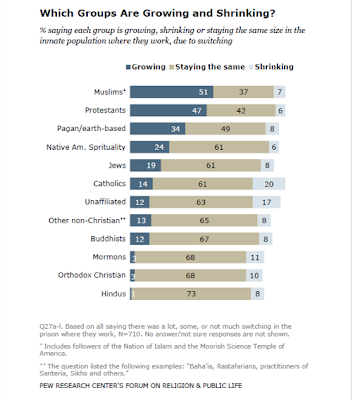When people express support for the Realignment, it is because of the general perception that the state did such an abysmal job at housing inmates that counties would clearly do better. But is that really so?
Not according to the Prison Law Office, who has filed a health-care lawsuit in Fresno and contemplating another one in Riverside.
The nonprofit Prison Law Office and others are concerned that California’s realignment of prisons and jails – which has inmates serving time in county jails for crimes that in the past would have landed them in prison – may have simply shifted the state’s prison problems to the 58 counties and their jail systems. They warn there may be more suits to come.
“It’s not that these jails were doing well before; it’s just worse with realignment,” said Don Specter, Prison Law Office director. “In some ways, counties are worse than (state prisons) … and certainly the harm on prisoners who stay there longer is going to be greater.”
And then, of course, there are the counties who are doing a better job–“particularly those that have long made treatment, not prison time, a priority.” The story continues:
Marin County Sheriff Bob Doyle said not many people have been sentenced under realignment in that county, and those who have been have received relatively short, three- or four-year terms.
“The counties with the big problems with realignment, No. 1, already had space issues, and No. 2, have different sentencing practices,” Doyle said.
“We’re a county that since the 1980s has had a low incarceration rate,” he said, adding that Marin County developed programs in the 1990s as alternatives to locking people up. “We see realignment as an opportunity.”
Dr. Joe Goldenson, who directs San Francisco’s Jail Health Services, said the city also hasn’t seen overwhelming numbers of new inmates under realignment because it never sent many felons to state prisons in the first place. And, he said, leaders have consistently invested in jail health care “because they have always recognized the importance of providing care to this population.”
The only thing certain about the realignment is that nothing is certain; the counties’ different approaches will make or break this reform in terms of its impact on mass incarceration.








